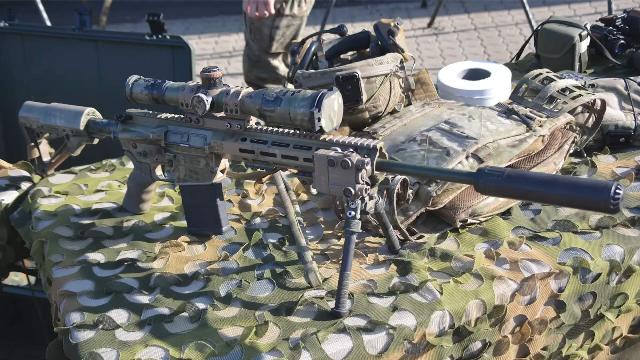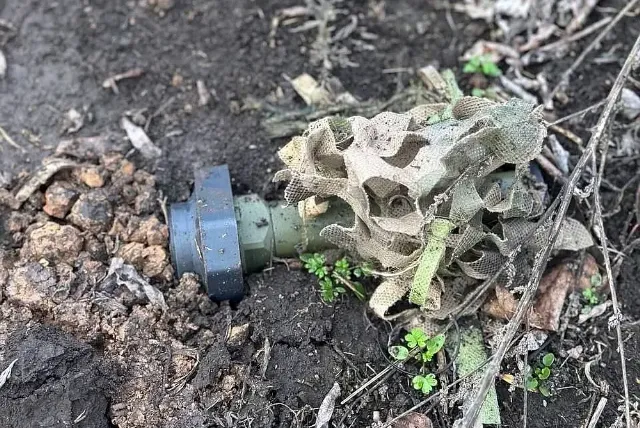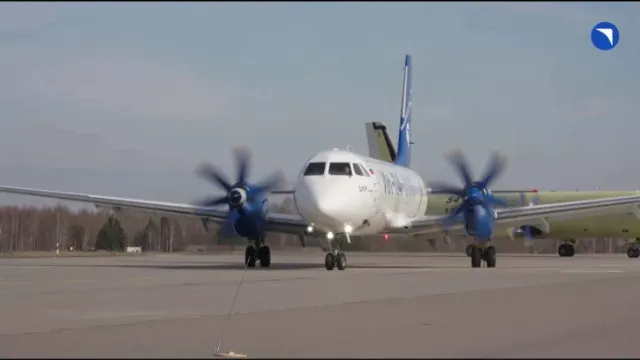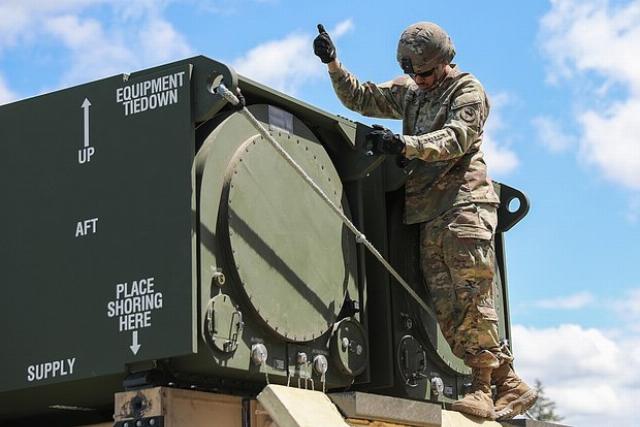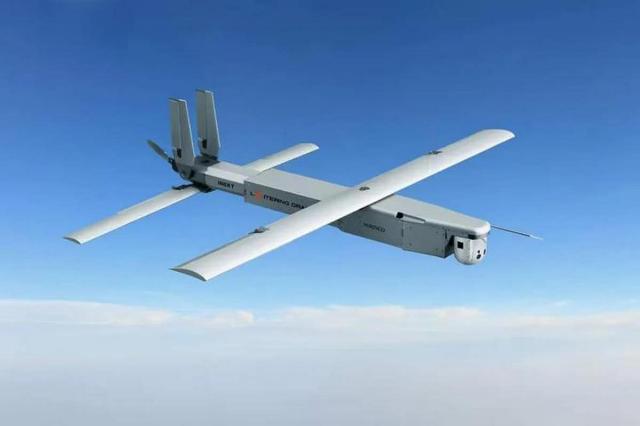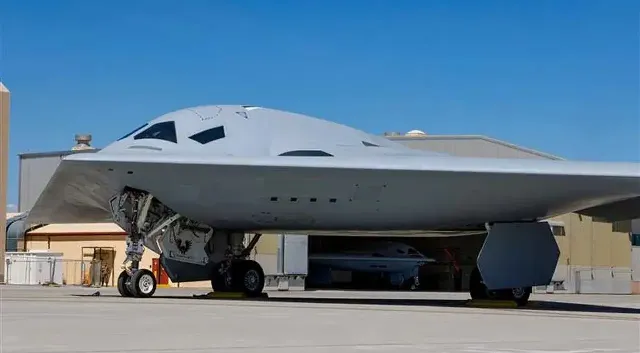2006-2026 © ВПК.name. All rights reserved.
When reprinting, link to ВПК.name required.
User agreement.
№ 21-PP in the register of information distributors.
Website hosting: TimeWeb.
When reprinting, link to ВПК.name required.
User agreement.
№ 21-PP in the register of information distributors.
Website hosting: TimeWeb.





